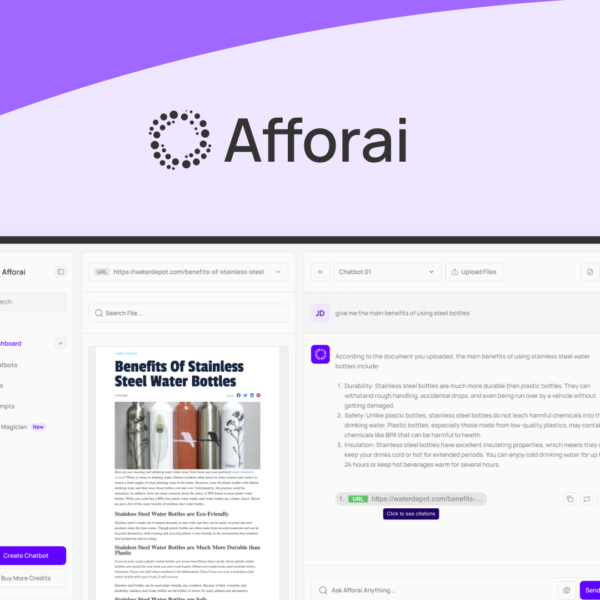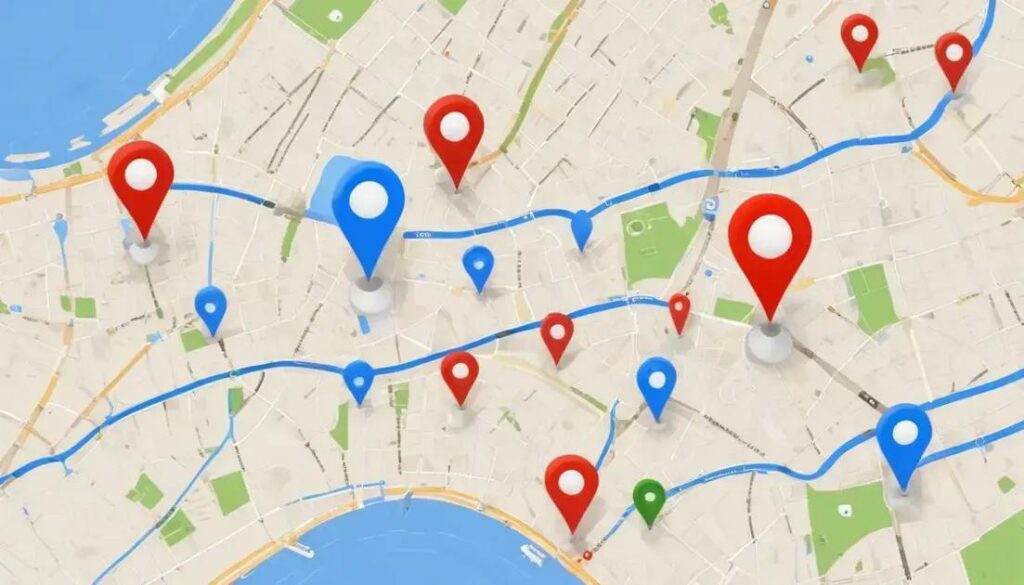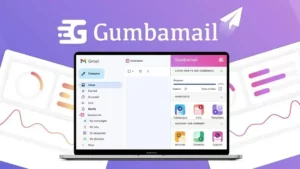Geolocation technology has transformed the way we navigate our world—from finding coffee shops to logistics. Wondering how crucial address lookup is to this technology? Let’s explore!
Understanding Address Lookup
Address lookup is a crucial process in today’s digital world. It involves converting a physical address into geographical coordinates. This helps businesses understand where their customers are located.
How does it work? Address lookup uses a system called geocoding. This system takes a readable address and turns it into latitude and longitude. These numbers help apps find exact locations on a map.
Why is Address Lookup Important?
Accurate address lookup is vital for services like delivery or ride-sharing. When the address is correct, customers get their orders on time and drivers find their passengers easily. Mistakes in this process can lead to delays and unhappy customers.
Benefits of Using Address Lookup
Using address lookup makes transactions smoother. It helps businesses keep track of their clients’ locations. This is important for marketing, too. Businesses can target ads to specific areas.
Challenges with Address Lookup
However, there are challenges. Not all addresses are easy to find. Some places may have similar street names or misspellings. That’s why it’s important to keep the data updated and correct.
In conclusion, address lookup is more than just finding a location. It builds a connection between services and people, helping both sides achieve a better experience.
Geocoding and Reverse Geocoding
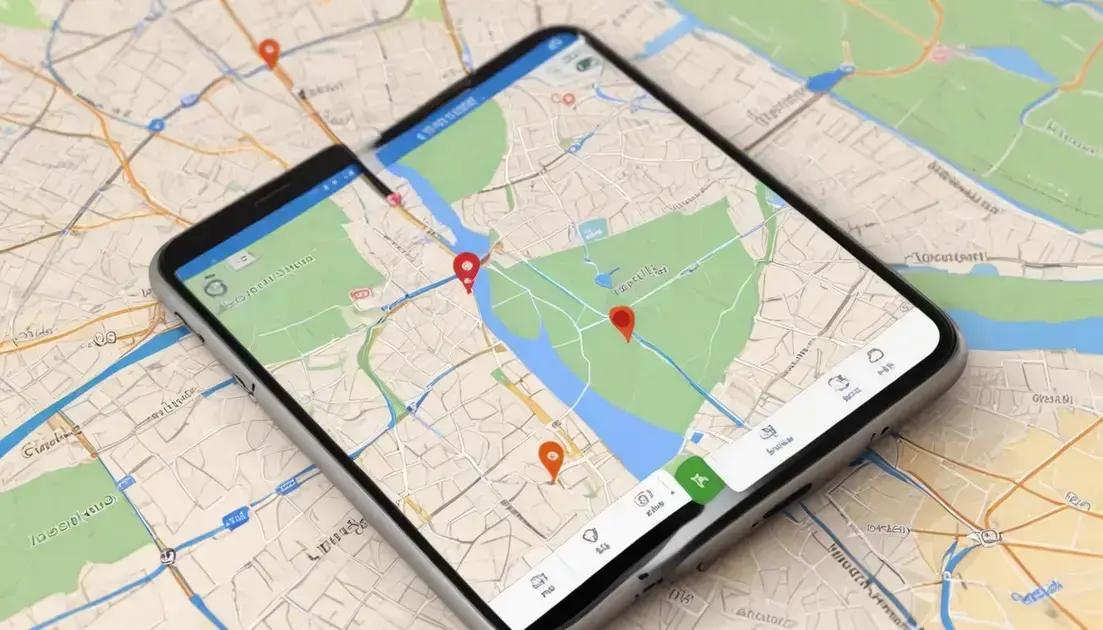
Geocoding and reverse geocoding are essential tools in map services. Geocoding turns an address into coordinates. For example, when you enter an address into a navigation app, it fetches its latitude and longitude.
On the other hand, reverse geocoding does the opposite. It takes coordinates and finds the nearest address. This is useful for apps that need to show where you are.
How Geocoding Works
Geocoding uses databases that map addresses to coordinates. These databases are often updated regularly to ensure accuracy. If your app needs a fast response, using a reliable geocoding service is key.
Benefits of Reverse Geocoding
Reverse geocoding offers many benefits. It helps users understand their surroundings better. For example, when you check in at a location, the app tells you the nearest address.
Where Are They Used?
Both processes are used in various apps. Delivery services depend on geocoding to find delivery points. Travel apps use reverse geocoding to show nearby hotels or attractions.
In summary, geocoding and reverse geocoding make navigating easier. These processes connect physical addresses with online maps, helping you understand locations better.
Importance of Accuracy in Geolocation
Accuracy in geolocation is extremely important. It ensures that users get the correct location information. When an app provides wrong data, it can cause big problems.
For instance, delivery services depend on precise geolocation. If the address isn’t accurate, packages can end up at the wrong place. This can lead to delays and unhappy customers.
Why Accuracy Matters
Accuracy matters in many areas, like navigation and emergency services. When you’re lost, a wrong location can waste time and create stress. In emergencies, getting the right address is vital for safety.
Technologies That Enhance Accuracy
Modern technology improves geolocation accuracy. GPS is one of the main technologies used. It helps pinpoint locations using satellites. Other technologies include Wi-Fi positioning and cell tower triangulation.
Regular Updates and Maintenance
Keeping data current is key for accuracy. Address databases need regular updates to reflect changes, like new roads or buildings. This helps ensure that users always receive reliable information.
Overall, focusing on accuracy in geolocation helps businesses and users alike. Whether it’s for map services or deliveries, being precise makes a big difference.
Technologies for Building Geolocation Apps
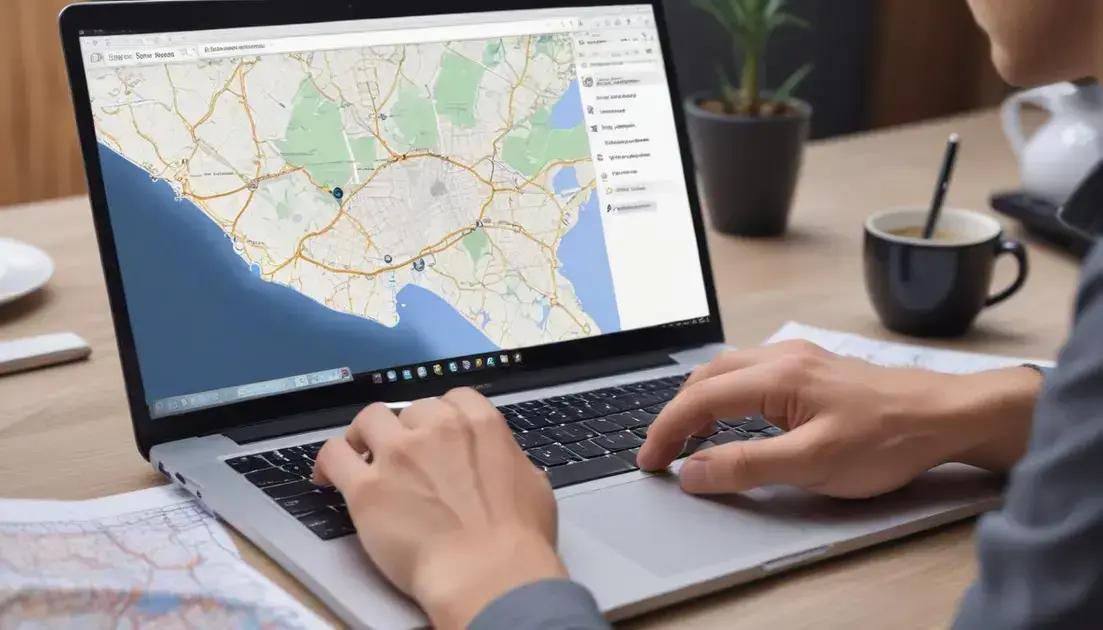
Building geolocation apps involves several key technologies. Each plays a role in accurately determining and displaying location data to users.
GPS is the most common technology used. It allows devices to find their location using signals from satellites. This technology works well outdoors and is widely relied upon.
Wi-Fi positioning is another effective method. It uses nearby Wi-Fi networks to determine where a device is located. This can be even more accurate indoors where GPS signals are weak.
Cell Tower Triangulation
Cell tower triangulation also helps find locations. This method uses signals from nearby cell towers to calculate a device’s position. While it’s not as precise as GPS, it is useful in areas with limited GPS access.
Mapping APIs
Developers often use mapping APIs, like Google Maps or Mapbox. These APIs provide the tools needed to integrate maps into apps easily. They also offer features like routing and geocoding.
Finally, using location services on devices helps apps access location data smoothly. Developers should focus on these technologies to create effective and user-friendly geolocation apps.
Privacy and Security Considerations
Privacy and security are major concerns in geolocation technology. Apps that track locations need to protect user data carefully. When people share their location, they expect it to stay safe.
One key way to ensure safety is through encrypted data. Encryption keeps user information secure by converting it into a code. This way, even if data is intercepted, it can’t be read easily.
Data Minimization
Another important practice is data minimization. This means only collecting the information necessary for the app’s function. The less data collected, the lower the risk if a breach occurs.
User Consent and Transparency
Getting user consent is crucial. Apps should clearly explain how location data will be used. Transparency helps build trust and encourages users to feel safe sharing their information.
Regular Security Audits
Lastly, regular security audits help find vulnerabilities in the app. Developers should evaluate their systems frequently to make sure they comply with safety standards.
By focusing on these privacy and security considerations, developers can help users feel more secure when using geolocation services.
Best Practices for Developers

Developers play a crucial role in creating effective geolocation apps. Following best practices can improve functionality and user experience. Here are some key tips for developers.
First, always prioritize user privacy. Ensure you gather only the data you really need. Inform users about how their data will be used.
Testing for Accuracy
Next, thoroughly test the app for accuracy. Regularly check that geolocation features work as intended. This can prevent issues and enhance user trust.
Optimizing Performance
Optimizing the app’s performance is also essential. Users expect apps to load quickly and run smoothly. Optimize the code to enhance speed and reduce battery consumption.
Accessibility Considerations
Don’t forget about accessibility. Make sure your app is easy to use for everyone. This includes providing options for users with disabilities.
Finally, consistently update the app. Regular updates fix bugs and add new features. Keeping the app fresh improves user satisfaction and retention.

